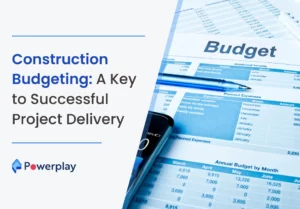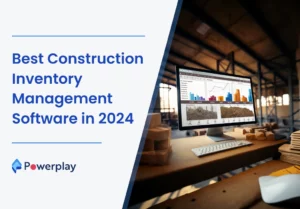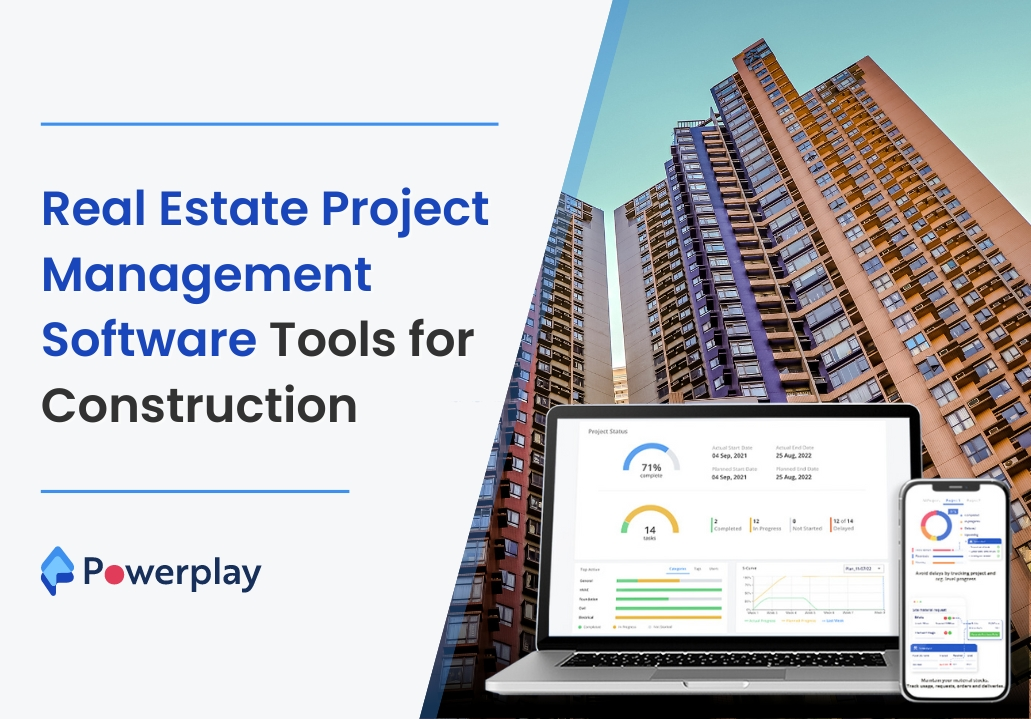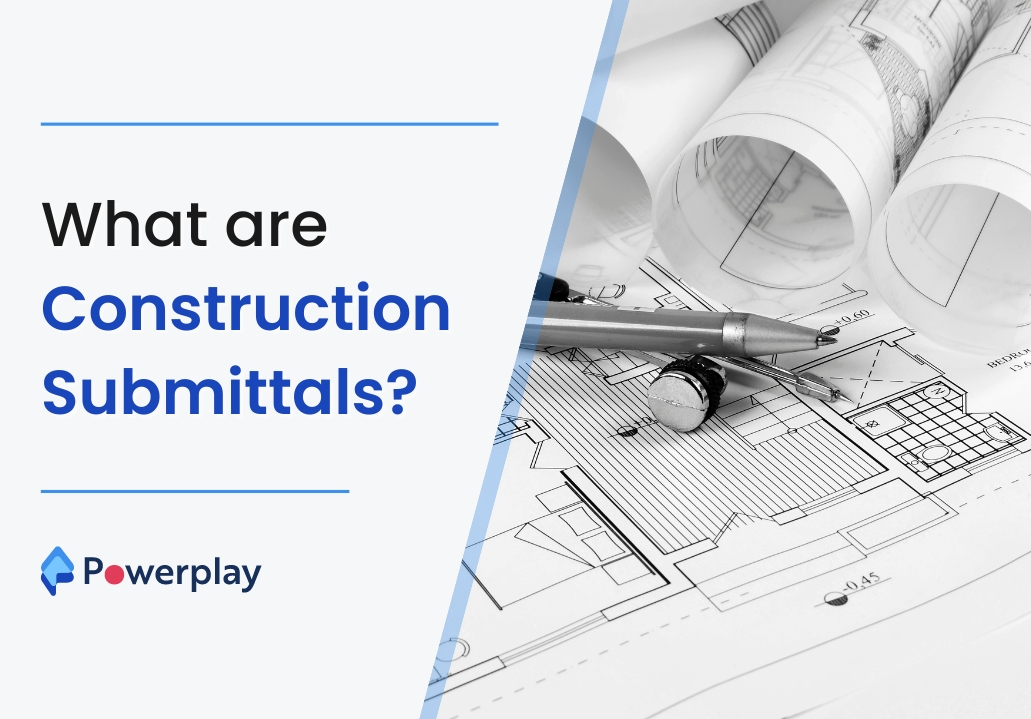What is Environmental Impact Assessment (EIA) for Construction Projects?
-
Kumar Abhishek Anand
- October 11, 2023

Environmental Impact Assessment(EIA) is a tool to properly anticipate and evaluate the likely impacts of a proposed construction project or development activity and propose measures and strategies to mitigate the adverse impacts. It also takes into consideration, both the negative and positive impacts due to interdependent socio-economic, cultural and human-health aspects due to these construction projects. In short, it is a tool to achieve sustainable development throughout the world.
The environment had been damaged immensely in the past without considering the environmental consequences while initiating the construction projects and development activities. Thus when the government and public became concerned about the environment, seeing its degradation, the mechanism of EIA was introduced to assess the impacts of these construction activities.
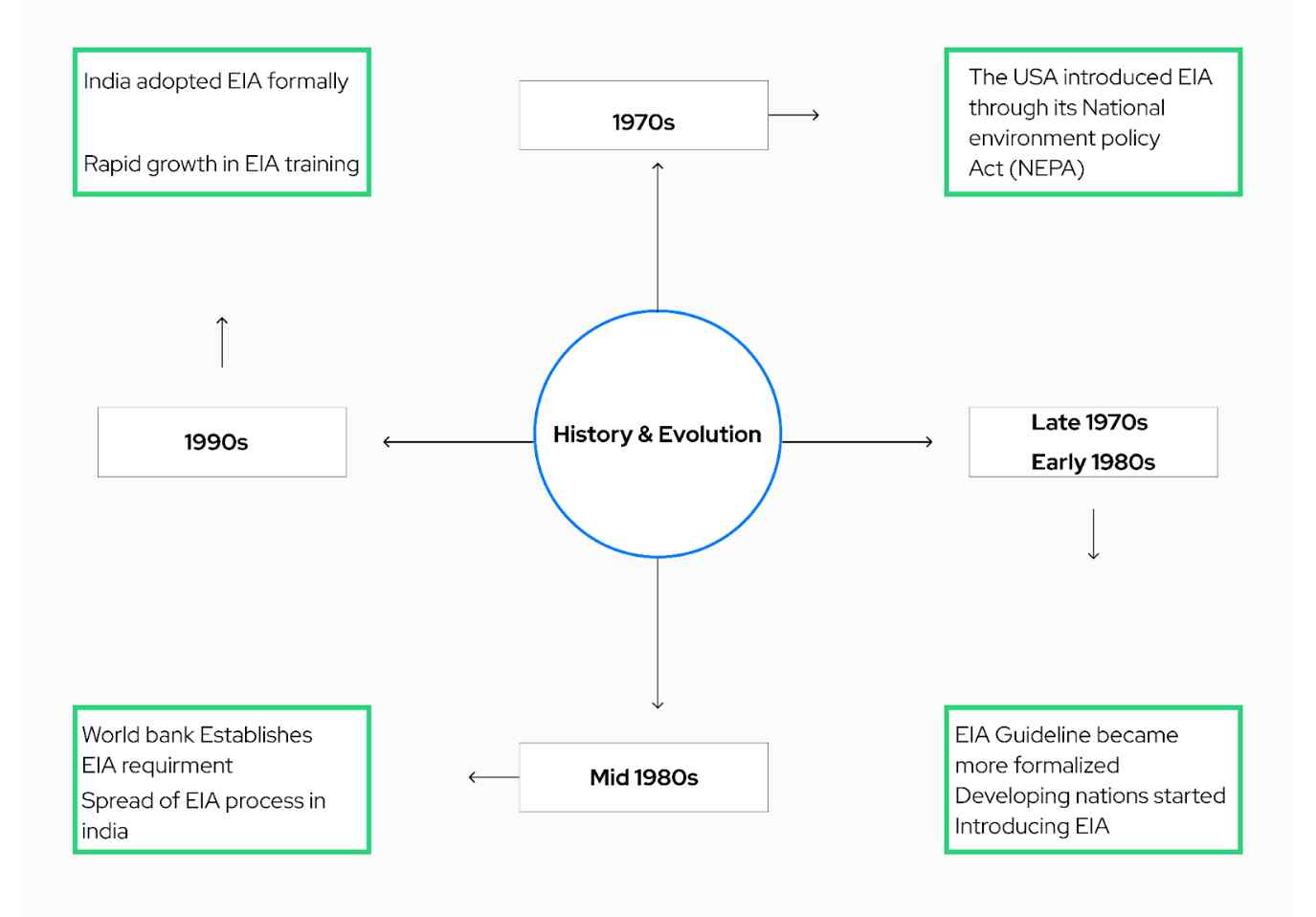
EIA comprises a study to assess any or all unique environmental attributes, from endangered species to hazardous waste or historical importance, that can directly or indirectly be affected due to the proposed activity. Thus it becomes important for the respective industry, in our case the construction industry, to integrate the EIA mechanism for mitigating the social and economic impact along with the adverse environmental implications by avoiding, reducing or minimizing the impacts. EIA provides the local regulatory body with the information of a project that enables the respective bodies to make an informed decision whether the project must be granted permission or not. EIA is not only a one-time process that concludes once the reports are prepared about the adverse impacts of the project but it also comprises monitoring of the construction and operational process until the project is decommissioned.
Table of Contents
ToggleHistory of Environmental Impact Assessment(EIA)
As shown in the above picture, EIA legislation and regulations for employing the EIA process were drafted and effected in the 1970s by many developed countries. Environmental Impact Assessment has also been published in Principle17 of ‘Agenda for the 21st century(Agenda21)’ of the United Nations Conference on Environment and Development(UNCED), held from 3rd to 14th June in the year 1992, in Rio de Janeiro, Brazil. The Principle states that, “Environmental Impact Assessment as a national instrument shall be undertaken for proposed activities that are likely to have a significant adverse impact on the environment and subject to a decision of a competent authority.”
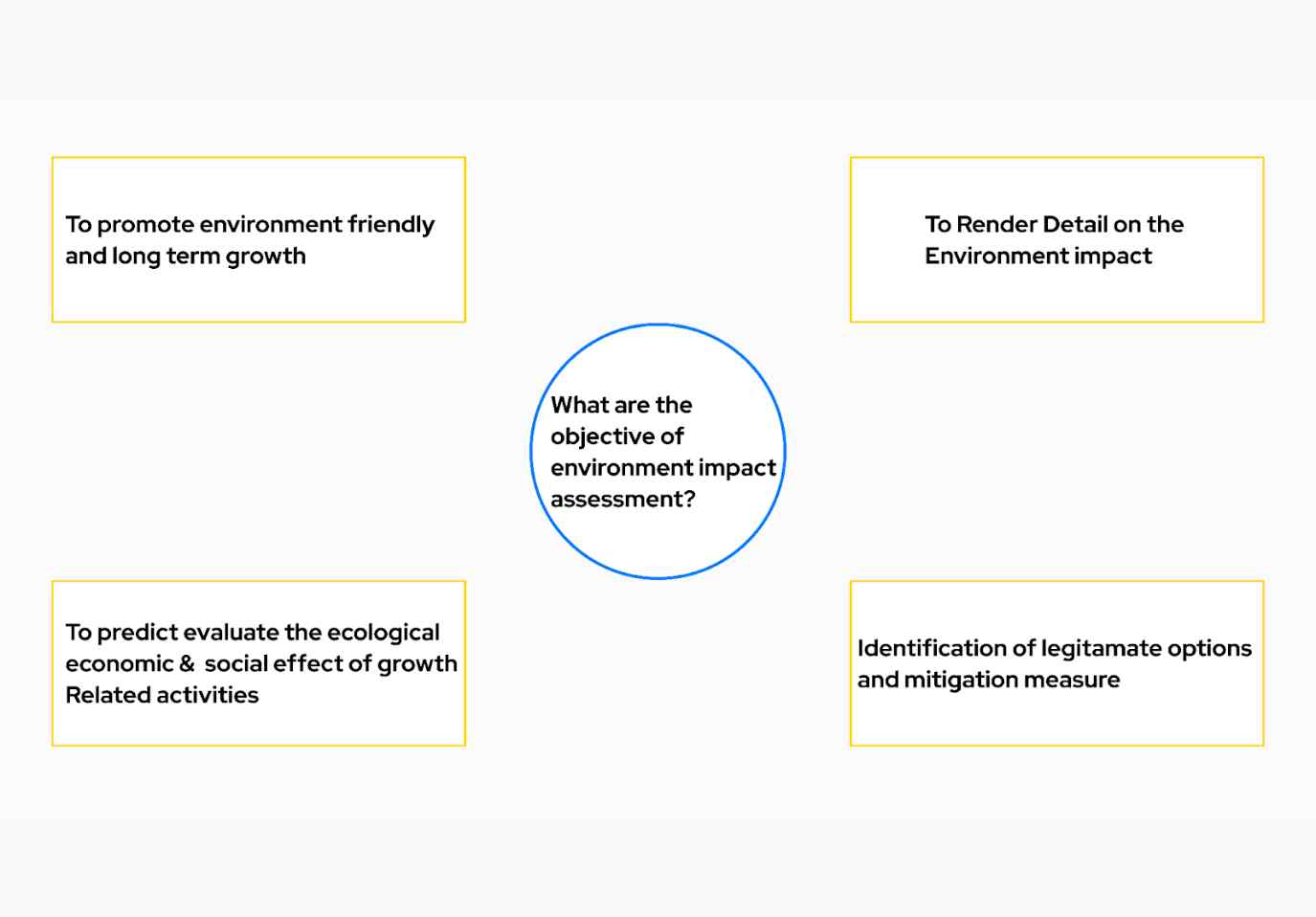
It has been mandatory for development projects which may have adverse impacts on the environment, to integrate EIA before initiation, by the EIA Act No 86 drafted in the same year. EIA has been adopted in its operational processes by over 100 countries.
In India, EIA was introduced in the year 1978 for river valley projects. Later on, other development sections were also included under the EIA, by enhancing its effectiveness. In India, EIA comes under Notification on Environmental Impact Assessment(EIA) of development projects, 1994 under the provisions of Environment (Protection) Act.1986. The Government of India has not only issued the EIA but also a number of other drafts, which are related to environmental impact assessment, and now EIA has been made compulsory for more than 30 project categories in the country which only get their Environmental Clearance(EC) only after the fulfillment of EIA guidelines. The go-ahead or EC is granted by the Impact Assessment Agency under the Ministry of Environment and Forests, Government of India. Out of these categories, the construction activities which require clearance from the central government are:
- Individual Construction Projects require clearance from the central government.
- River valley projects such as hydel power projects, large-scale irrigation projects, flood control, etc.
- Construction of ports, harbours and airports.
- Construction of Petroleum Refineries which include crude and product pipelines.
- Oil and gas exploration activities along with the construction of production, transportation and storage facilities.
- Mining-related projects.
- Construction of asphalt roads in hill stations and forest areas.
Environmental Impact Assessment(EIA) Participants
EIA applies to all proposed public and private construction projects and the main entities involved in the entire process are:
- The proposing party.
- The environment consultant who prepares the EIA on behalf of the client.
- Regional or Central Pollution Control Board.
- The Impact Assessment Agency.
- The regional center of the Ministry of Environment and Forests.
- The public also has the right to express their views if they want to.
Objectives of Environment Impact Assessment(EIA)
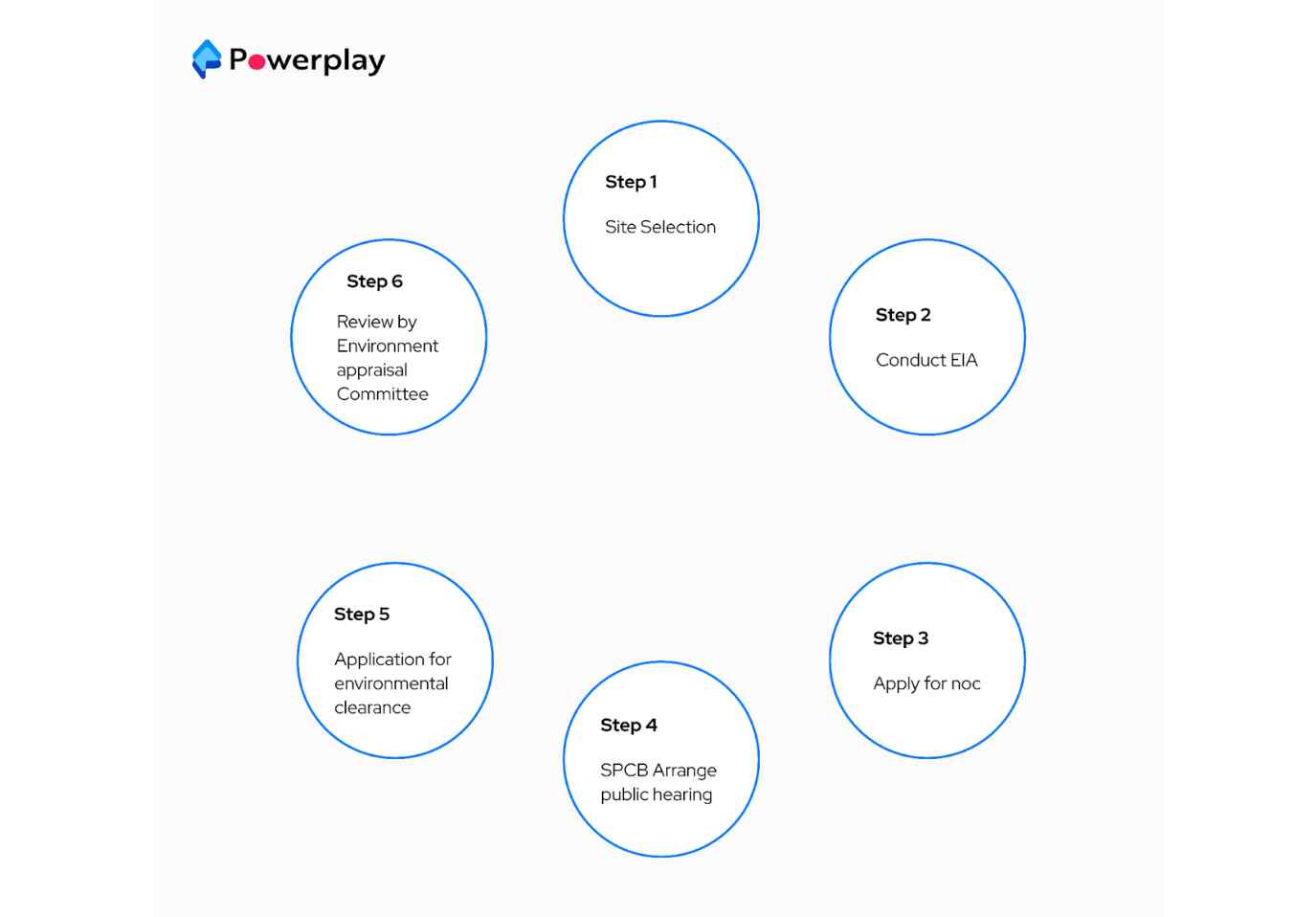
1. EIA aims to provide a framework for location and design issues along with environmental issues. It assists in formulating the mitigating actions by indicating areas of the project which can be modified to minimize or completely eliminate the adverse environmental impacts. The early anticipation of environmental impacts in the planning stage itself leads to an environmentally sensitive development of the construction project.
2. EIA aims to assist in setting up and strengthening the impact management and communication mechanisms within the project along with paving the way for originalities.
3. EIA aims to assist in setting up and strengthening the impact management and communication mechanisms within the project along with paving the way for originalities.
4. EIA can help in determining the appropriate environmental, social or economic grounds to change the project plan during the project. The essential aspects of sustainable development can be considered to be the maintenance of the overall quality of life, maintenance of continuous access to natural resources and avoiding permanent environmental damage.
5. EIA integrates the opinions of all stakeholders and the national and international regulations to the proposed construction project in the final design from the EIA report
Environment Impact Assessment(EIA) Procedure for Construction Projects
The complete EIA procedure for any construction project can be mainly divided into two categories, namely- Review of Project Area, and EIA Process, which have been explained below:
1. Review of Project Area- For any construction project, a review process involving the extensive study of previous works of literature from EIA or any similar reports and other related studies on the environmental characteristics of the project area is performed to analyze and assist in anticipating the impacts of the proposed project.
2. Environment Impact Assessment(EIA) Process- This is the core framework of the EIA mechanism that involves several steps and processes to identify, predict and evaluate the environmental impact of the construction project. The steps have been mentioned below in a sequential format:
a. Screening– The first step in the EIA process is to decide if the construction project requires EIA or not. It is an initial study to examine the benefits and adverse impacts or the qualitative and quantitative impacts of the proposed project. The environmental impact is predicted by evaluating the type, location of development and scale of the project. Screening can be performed using two main approaches, by using thresholds and by doing a case-to-case examination for the prescribed criteria. At the end of the screening process, a document known as Initial Environmental Examination or Evaluation(IEE) is prepared, on the basis of which it is decided whether an EIA is necessary or not.
b. Scoping– In the scoping stage, the potential impacts of the construction project or development activities are determined and subsequently, the final list of parameters for the impact assessment is decided. These assessment parameters are generally based upon legislative requirements, international conferences, experience and expertise and public participation. The main objective at this stage is to determine the most important environmental issues from among a bunch of potential impacts of the proposed project along with all other alternatives.
c. Impact Assessment and Evaluation– A comparative study is done between the effects related to the implementation of the project and the effects related to abortion of the project to determine the environmental impacts. This stage is divided into two stages, Identification of Impacts and Prediction of Impacts. Alternative solutions are worked out if there is any adverse impact on the environment due to the implementation of the project. If these impacts are inevitable then appropriate measures are taken to eliminate or counterbalance the adverse effects on biodiversity. If there is no solution to the concurrent problem, the option of not proceeding with the proposed project is also available. Since the impact duration is equally important, the evaluation can be done based on three-time ranges that are, Short term(3- 9 years), Medium term(10- 20 years) and Long term( more than 20 years).
d. Mitigation– Recommendations are provided in this step for the damaging effects on the environment revealed from the assessment of impacts, to mitigate the adverse impacts of the proposed construction project. Mitigation refers to the measure taken to reduce or remove the above assessed impacts, which can also help to portray the iterating behaviour of EIA. The mitigation measures can be Preventive( by organising public awareness programmes), Compensatory(to reduce potential reactions) and Corrective(placing devices and installations).
e. Preparation of EIA Report or Environmental Impact Statement(EIS)– EIS sets out factual information related to the construction project along with information gathered from screening, scoping, impact assessment and evaluation, mitigation and other monitoring measures. This report includes an Environmental Management Plan(EMP) and a non-technical summary of the proposed construction project for the general public. EISs are crucial documents that are intended to inform the public of the type and probable consequences of the project in the near future. If it is not done properly, the entire effort put into the EIA process until then will be negated.
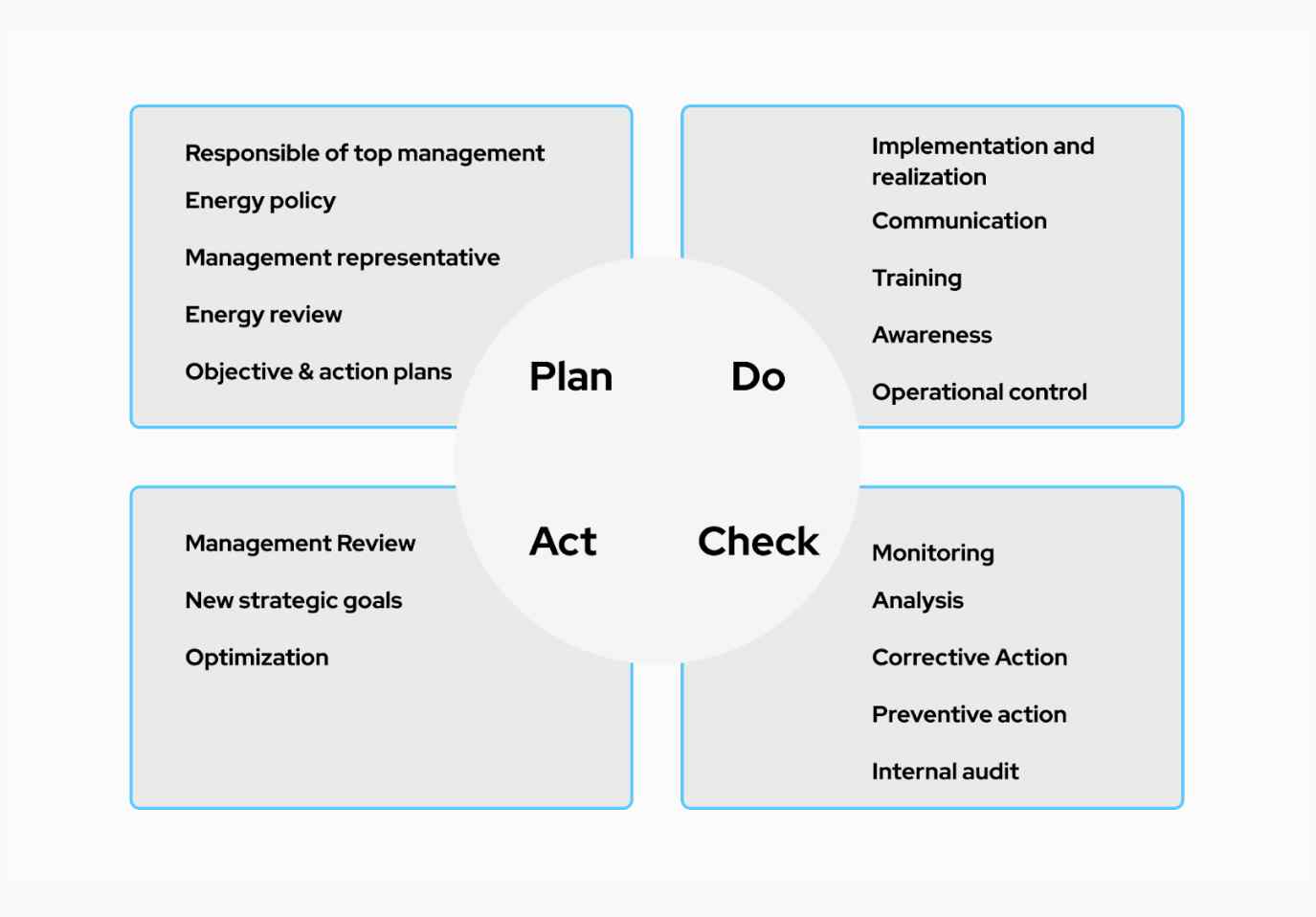
An EIS document should include reports on the impact on soil and water quality, impact on land use such as forests, agriculture, etc, long and short term socio-economic impacts, health impacts, impact on biodiversity, and cost efficiency analysis along with environmental impacts.
An EMP should cover aspects such as safeguarding the proposed measures to mitigate the adverse environmental impacts, habitation projects in the surrounding, contingency plans for disasters and monitoring feedback mechanisms used for implementation of necessary safeguards.
f. Public Hearing– The law states that after the EIA report is prepared, the public must be informed and asked to review the proposed construction project and anyone who is probably going to be affected by the project in any way is entitled to have access to the executive summary of the EIA.
g. Decision Making– In this stage, the Impact Assessment Authority consults the project-in-charge along with the consultant to take the final decision of going ahead with the proposed construction project or not. They take the decision based on both the Environmental Impact Assessment(EIA) and Environment Management Plan(EMP).
h. Monitoring -Enforcing and Environmental Auditing- Monitoring is done throughout the execution of the project to check for any kind of violation of the conditions mentioned in the EIA report. This step is performed to compare the actual outcomes with the predicted outcomes and subsequently assist in assessing the quality of forecasts and effectiveness of mitigation measures. It is vital step which allows us to learn the EIA process. Impacts that were not predicted or any kind of mitigation measures that failed can be easily identified and compensated in time due to the monitoring process.
Importance of Environmental Impact Assessment(EIA)
Public Hearing- The law states that after the EIA report is prepared, the public must be informed and asked to review the proposed construction project and anyone who is probably going to be affected by the project in any way is entitled to have access to the executive summary of the EIA.
Decision Making- In this stage, the Impact Assessment Authority consults the project-in-charge along with the consultant to take the final decision of going ahead with the proposed construction project or not. They take the decision based on both the Environmental Impact Assessment(EIA) and Environment Management Plan(EMP).
Monitoring Enforcing and Environmental Auditing- Monitoring is done throughout the execution of the project to check for any kind of violation of the conditions mentioned in the EIA report. This step is performed to compare the actual outcomes with the predicted outcomes and subsequently assist in assessing the quality of forecasts and effectiveness of mitigation measures. It is vital step which allows us to learn the EIA process. Impacts that were not predicted or any kind of mitigation measures that failed can be easily identified and compensated in time due to the monitoring process.
Importance of Environmental Impact Assessment(EIA)
EIA provides provisions for the sustainable development of construction projects and environment-friendly construction processes.
- EIA provides provisions for the sustainable development of construction projects and environment-friendly construction processes.
- EIA helps in devising a cost-effective plan to mitigate the adverse impacts of proposed construction projects and development activities.
- It is a government norm to obtain EIA clearance for any industrial project from the Ministry of Environment before being approved by the planning commission.
- EIA is a necessary tool that should be used for construction projects to manage and predict the environment in a better way.
- It enables the assessment authorities to analyze the effects of construction projects on the environment at a very early stage before the initiation of the project.
- EIA promotes adopting mitigation measures in the construction plan.
- EIA safeguards the interests of the environment in such a way that the capacity of assimilation and regeneration of the environment components are not disturbed.
- It is an expansive tool that is used to anticipate the damages that the environment is going to endure due to the proposed construction projects.
- It helps in simulating ways that can not only minimize the adverse impacts on the environment but also safeguard the health and well-being of all humans.
- EIA aims to improve our understanding of the ecological system and the importance of natural resources to the world along with providing a structure to carry out the objectives of safeguarding the environment.
Be it any kind of construction, it has to be managed for timely completion and under a fixed budget. Without proper management, any construction project small and large-scaled may go haywire during any stage of the project. To aid contractors and owners in managing construction projects, several softwares have been developed to be used as management tools for construction projects. Powerplay application is one such tool that can perform all functions related to construction management right from managing workers’ attendance to equipment and material management until the completion of the project. It can be used easily by almost anybody due to its easy and user-friendly UI.
Share
Kumar is a digital content professional with more than 2 years of experience in Blog writing, copywriting and scripting. His passion lies in the art of creating convincing content that plays a major role in converting leads for SAAS businesses.
